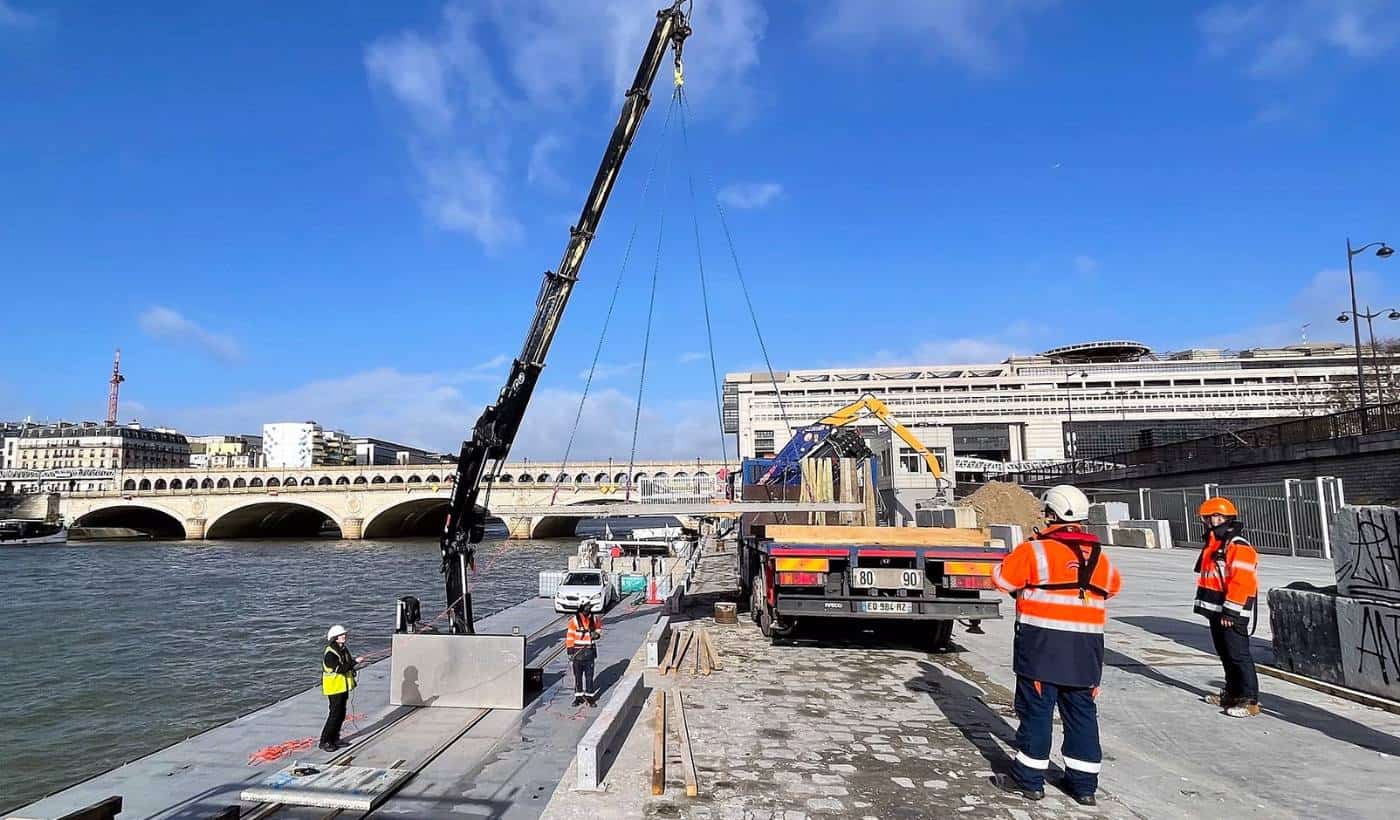
Using industrialisation to accelerate the energy revolution
4 minutes of reading
One of the most significant potential areas for saving energy and greenhouse gases is the thermal renovation of buildings. But we are not renovating enough. The method needs to change, and this will probably happen via industrialisation. Industrialisation, boosted by the European EnergieSprong project, means improved performance and quality of use.

Meeting the dual ecological and social priority of massifying housing renovation and fighting against energy poverty have been the objectives of every successive French government since the Grenelle de l’environnement summit. The task is so enormous that these objectives have yet to be achieved, but that does not mean it is impossible. One of the avenues currently being explored by social landlords for renovating on a large scale is industrialisation.
This solution was adopted in Longueau, in Somme, by the landlord ICF Nord-Est Habitat, which renovated 12 estates dating from the 1960s. This project was cofinanced as part of the Interreg North West Europe E=0 programme and received a grant from Ademe and Caisse des dépôts, and was realised by Bouygues Bâtiment Grand Ouest with some very ambitious objectives: zero energy for all uses, 30-year performance guarantee, architectural reclassification and, of course, improved comfort for the residents.
Supporting massification
For this operation, the project owner, general contractor and company relied on the European EnergieSprong project. Financed in France by the “Certificat à économie d’énergie” programme, it is intended to support the massification of energy renovation by adopting an industrial approach. This approach, initially developed in the Netherlands, involves compiling specifications based on four pillars: guaranteed zero energy for 30 years; rapid work on occupied sites (completed within 10 days); an improvement in comfort and design to benefit occupants; and (partial) financing of the additional cost generated by the work by the sale of renewable energy and a reduction in energy consumption. The ultimate objective is to standardise techniques, “to go from custom to off-the-peg”, summed up Sébastien Delpont, managing partner of Greenflex, which is supporting the rollout of the approach in France. For Nicolas Bernier, architect at the Ranson Bernier architectural firm in charge of the project: “It is first and foremost a ‘sustainable’ method of design. It is a reexamination of energy renovation, focusing on the building envelope and the technical facilities. The team is thinking about the design, construction and management of the building facilities simultaneously. It is thus a multi-criteria, summary and transverse approach, aimed at pursuing the optimum arbitrages to achieve the objective of E=0. “ From the company’s perspective, Maxime Hugonnet, research and development coordinator at Bouygues Construction, added: “The advantage of this approach is that it drives our industry forward by working together on supply and demand with a trusted third party, which makes establishing relations and collaborative working easier.” In fact, said Christian de Nacquard, research and development director at Bouygues Construction: “This is the system we need to use if we work the way we are doing, in order to go up in scale. This corresponds to the vision we have of the future of energy renovation: more qualitative and massive, with a commitment to quality that will set us apart. It provides a significant boost in expertise, whether on a technical level or in terms of bringing the project together. ”Triggering a dynamic to lower costs
In Longueau, this translated to the factory manufacture of new, high-performance façades – after the existing façades had been digitally modelled. The new façades are “plugged into” existing houses within a few days, because digital modelling and prefabrication allow for whole new levels of precision. It should be noted that the prefabricated walls here also incorporate the technical equipment: heating modules photovoltaic panels to produce the electricity necessary for the energy consumption of the housing. The benefit of this is that no work has to be done within the housing to change the heating system. Feedback so far has been very encouraging: “We have learned that it works technically: we delivered a positive-energy building (Bepos), which produces 50% more than it was supposed to produce. The results are very convincing”, Maxime Hugonnet was delighted to report. The issue of the cost remains: “It is currently an expensive approach. The remaining challenge is to trigger a dynamic to lower costs, while maintaining the same level of quality. We are working on it”, Christian de Nacquard and Maxime Hugonnet concluded as one.More reading
Read also


What lies ahead? 7 megatrends and their influence on construction, real estate and urban development
Article
20 minutes of reading

Energy
in partnership with


‘Paris at 50°C’: a fact-finding mission to prepare Paris for future heatwaves
Article
2 minutes of reading

What if your sites were supplied via rivers instead of roads?
Article
3 minutes of reading

